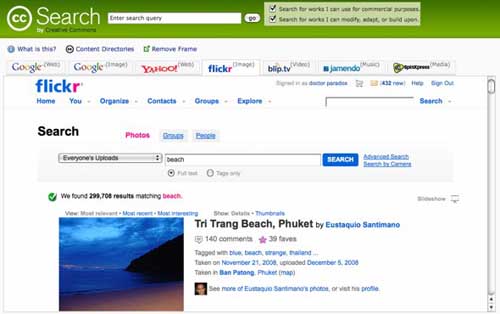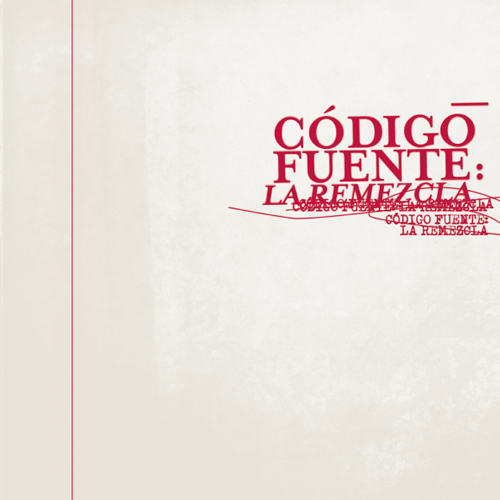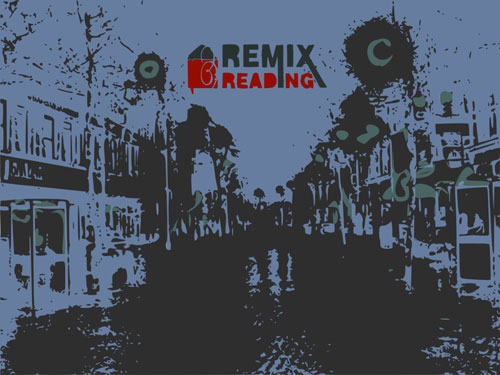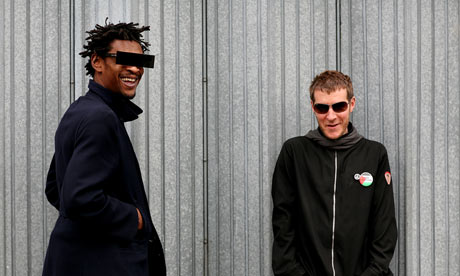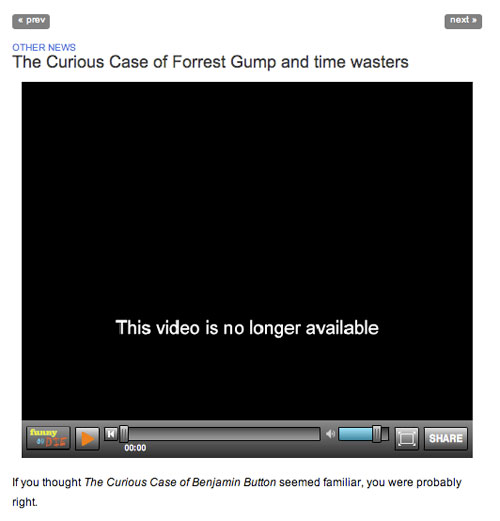After Media (Hot and Cold), by Eduardo Navas
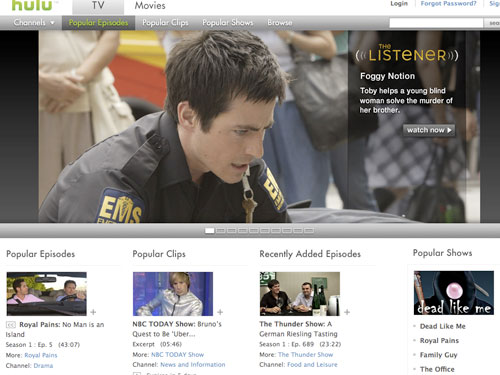
Image capture, July 11, 2009, http://hulu.com
The following text was originally published during the month of August, 2009 as part of Drain‘s Cold issue. The journal is a refereed online journal published bi-annually. The text is republished in full on Remix Theory with permission. Drain’s copyright agreement allows for 25% of the essay to be reblogged or reposted on other sites with proper citation and linkage to the journal at http://www.drainmag.com/. I ask that their agreement be respected by the online community.
In 1964 Marshal McLuhan published his essay “Media Hot and Cold,” in one of his most influential books, Understanding Media.[1] The essay considers the concepts of hot and cold as metaphors to define how people before and during the sixties related to the ongoing development of media, not only in Canada and the United States but also throughout the world.[2] Since the sixties, the terms hot and cold have become constant points of reference in media studies. However, these principles, as defined by McLuhan, have changed since he first introduced them. What follows is a reflection on such changes during the development of media in 2009.
McLuhan is quick to note that media is defined according to context. His essay begins with a citation of “The Rise of the Waltz” by Curt Sachsk, which he uses to explain the social construction behind hot and cold media. He argues that the Waltz during the eighteenth century was considered hot, and that this fact might be overlooked by people who lived in the century of Jazz (McLuhan’s own time period). Even though McLuhan does not follow up on this observation, his implicit statement is that how hot and cold are perceived in the twentieth century is different from the eighteenth. Because of this implication, his essay is best read historically. This interpretation makes the reader aware of how considering a particular medium as hot or cold is a social act, informed by the politics of culture. McLuhan’s first example demonstrates that, while media may become hot or cold, or be hot at one time and cold at another, according to context, the terms, themselves, are not questioned, but rather taken as monolithic points of reference. To make sense of this point, McLuhan’s concepts must be defined.

